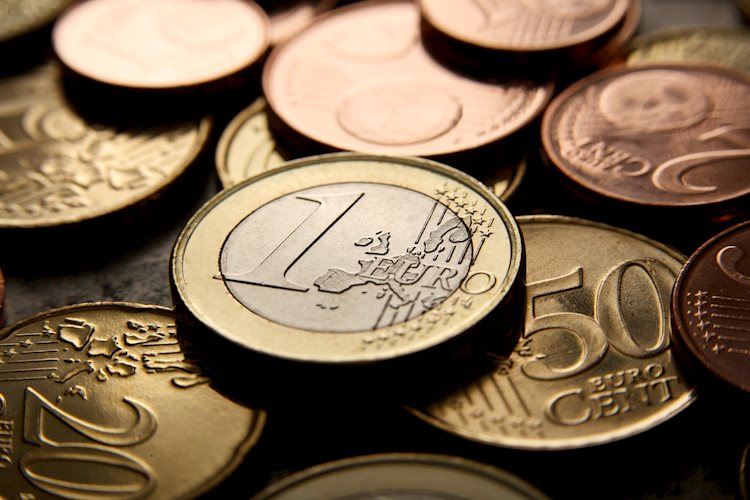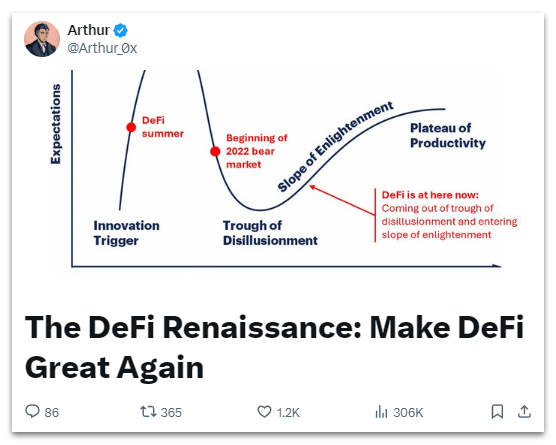Category: Forex News, News
Euro rebounds as investors gear up for Fed policy announcements
- EUR/USD edges higher toward 1.0800 in the European session on Thursday.
- The Fed is expected to lower the policy rate by 25 basis points.
- Investors will pay close attention to Chairman Powell’s comments on the policy outlook after Trump victory.
EUR/USD lost nearly 2% on Wednesday and touched its weakest level since late June below 1.0700. The pair stages a rebound early Thursday and trades above 1.0750 as market attention turns to the Federal Reserve’s (Fed) monetary policy announcements.
Euro PRICE This week
The table below shows the percentage change of Euro (EUR) against listed major currencies this week. Euro was the weakest against the Australian Dollar.
| USD | EUR | GBP | JPY | CAD | AUD | NZD | CHF | |
|---|---|---|---|---|---|---|---|---|
| USD | 0.71% | -0.11% | 1.12% | -0.28% | -1.01% | -0.22% | 0.82% | |
| EUR | -0.71% | -0.86% | -0.02% | -1.38% | -1.42% | -1.32% | -0.30% | |
| GBP | 0.11% | 0.86% | 0.58% | -0.53% | -0.56% | -0.46% | 0.57% | |
| JPY | -1.12% | 0.02% | -0.58% | -1.39% | -1.57% | -1.13% | -0.00% | |
| CAD | 0.28% | 1.38% | 0.53% | 1.39% | -0.52% | 0.05% | 1.10% | |
| AUD | 1.01% | 1.42% | 0.56% | 1.57% | 0.52% | 0.10% | 1.13% | |
| NZD | 0.22% | 1.32% | 0.46% | 1.13% | -0.05% | -0.10% | 1.03% | |
| CHF | -0.82% | 0.30% | -0.57% | 0.00% | -1.10% | -1.13% | -1.03% |
The heat map shows percentage changes of major currencies against each other. The base currency is picked from the left column, while the quote currency is picked from the top row. For example, if you pick the Euro from the left column and move along the horizontal line to the US Dollar, the percentage change displayed in the box will represent EUR (base)/USD (quote).
The US Dollar (USD) rallied on Wednesday as Donald Trump won the presidential election by a decisive margin. Republicans also took the majority in the Senate and remain on track to capture the House, currently holding 206 seats of 218 needed for majority, against Democrats’ 191. The USD Index, which tracks the USD’s performance against a basket of six major currencies, rose more than 1.5% to register its largest one-day gain of 2024.
Early Thursday, the USD Index retreats and was last seen losing nearly 0.4% on the day, possibly pressured by profit-taking.
The Fed is widely forecast to lower the policy rate by 25 basis points (bps) after the November policy meeting. Fed Chairman Jerome Powell will surely be asked about how Trump’s proposed policies, especially in regard to taxes and tariffs, could impact the policy moving forward. Powell is unlikely to respond to these questions and reiterate the data-dependent approach to policymaking.
In case Powell reaffirms that they are likely to lower the policy rate again at the last policy meeting of the year, the immediate market reaction could cause the USD to weaken further and help EUR/USD stretch higher. If Powell adopts a more cautious tone and voices concerns over the inflation outlook, the USD could hold its ground. According to the CME Group FedWatch Tool, markets are currently pricing in a nearly 30% probability of the Fed holding the policy rate steady in December, suggesting that the USD is likely to react more significantly to a hawkish Fed tone than a dovish one.
EUR/USD Technical Analysis
The Relative Strength Index (RSI) indicator on the 4-hour chart stays near 40, suggesting that the near-term technical outlook remains bearish while EUR/USD stays in a correction phase.
On the upside, 1.0800 (static level) aligns as first resistance before 1.0830 and 1.0870, where the 20-day and the 200-day Simple Moving Averages (SMA) are located, respectively. Looking south, first support could be spotted at 1.0700 (static level) before 1.0680 (static level) and 1.0600 (static level).
Euro FAQs
The Euro is the currency for the 19 European Union countries that belong to the Eurozone. It is the second most heavily traded currency in the world behind the US Dollar. In 2022, it accounted for 31% of all foreign exchange transactions, with an average daily turnover of over $2.2 trillion a day. EUR/USD is the most heavily traded currency pair in the world, accounting for an estimated 30% off all transactions, followed by EUR/JPY (4%), EUR/GBP (3%) and EUR/AUD (2%).
The European Central Bank (ECB) in Frankfurt, Germany, is the reserve bank for the Eurozone. The ECB sets interest rates and manages monetary policy. The ECB’s primary mandate is to maintain price stability, which means either controlling inflation or stimulating growth. Its primary tool is the raising or lowering of interest rates. Relatively high interest rates – or the expectation of higher rates – will usually benefit the Euro and vice versa. The ECB Governing Council makes monetary policy decisions at meetings held eight times a year. Decisions are made by heads of the Eurozone national banks and six permanent members, including the President of the ECB, Christine Lagarde.
Eurozone inflation data, measured by the Harmonized Index of Consumer Prices (HICP), is an important econometric for the Euro. If inflation rises more than expected, especially if above the ECB’s 2% target, it obliges the ECB to raise interest rates to bring it back under control. Relatively high interest rates compared to its counterparts will usually benefit the Euro, as it makes the region more attractive as a place for global investors to park their money.
Data releases gauge the health of the economy and can impact on the Euro. Indicators such as GDP, Manufacturing and Services PMIs, employment, and consumer sentiment surveys can all influence the direction of the single currency. A strong economy is good for the Euro. Not only does it attract more foreign investment but it may encourage the ECB to put up interest rates, which will directly strengthen the Euro. Otherwise, if economic data is weak, the Euro is likely to fall. Economic data for the four largest economies in the euro area (Germany, France, Italy and Spain) are especially significant, as they account for 75% of the Eurozone’s economy.
Another significant data release for the Euro is the Trade Balance. This indicator measures the difference between what a country earns from its exports and what it spends on imports over a given period. If a country produces highly sought after exports then its currency will gain in value purely from the extra demand created from foreign buyers seeking to purchase these goods. Therefore, a positive net Trade Balance strengthens a currency and vice versa for a negative balance.
Written by : Editorial team of BIPNs
Main team of content of bipns.com. Any type of content should be approved by us.
Share this article:








